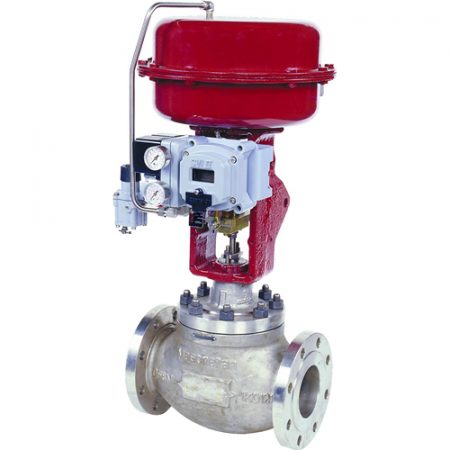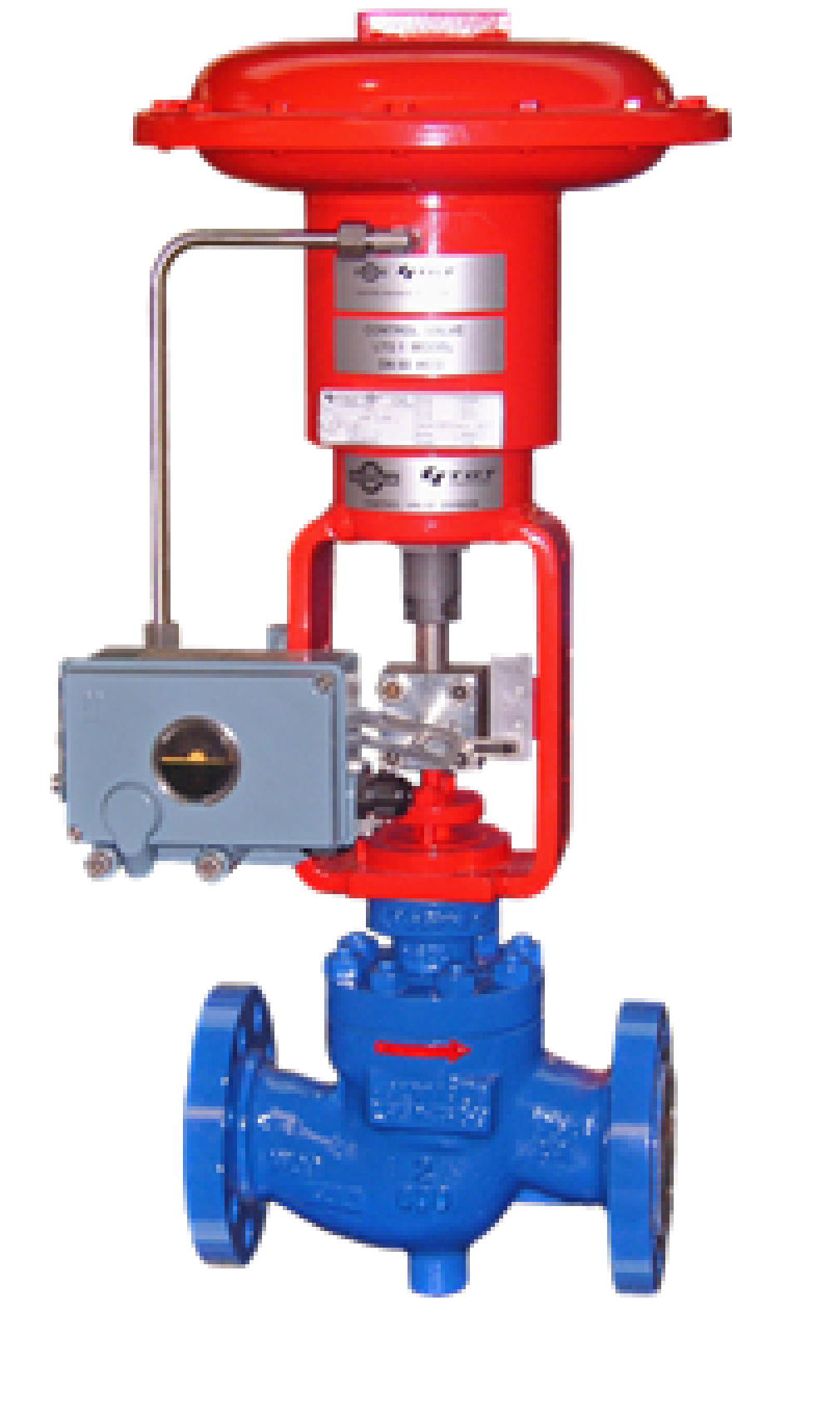Exploring the Capability of Modern Control Valves in Industrial Applications
Achieve Seamless Assimilation and Control With High Quality Structure Automation Controls
In the world of modern-day building management, the value of quality structure automation controls can not be overemphasized. Accepting high quality building automation controls is not merely a matter of comfort however a calculated crucial for companies aiming to enhance their facilities' efficiency and sustainability.

Development of Structure Automation Controls
Throughout the previous few decades, the evolution of constructing automation controls has actually significantly changed the method structures are handled and operated. At first, developing automation systems mostly concentrated on basic functions such as managing air flow, air, and heating conditioning (COOLING AND HEATING) systems. As modern technology progressed, these controls have actually become a lot more innovative, allowing for a wider array of building systems to be integrated and taken care of centrally.
The development of constructing automation controls has seen a shift towards even more intelligent systems that can adjust to changing conditions in real-time. This adaptability is essential for maximizing energy effectiveness and making certain resident convenience. In addition, modern structure automation controls currently supply attributes such as predictive upkeep, remote surveillance, and information analytics, making it possible for facility supervisors to make data-driven decisions to improve structure efficiency.

Advantages of High Quality Assimilation
The improvement in structure automation regulates in the direction of more intelligent systems has underscored the substantial advantages of top quality combination in optimizing building operations and improving overall performance. This central control also offers much better visibility and insights into structure efficiency, enabling positive upkeep and optimization methods. Overall, the benefits of high quality combination in structure automation controls are obvious, using increased efficiency, convenience, and functional effectiveness.
Enhanced Individual Experience and Accessibility
Enhancing individual interaction with building automation regulates with intuitive design and improved accessibility boosts the overall experience for owners and center managers alike. By concentrating on individual experience, constructing automation systems can end up being a lot more straightforward and effective. Intuitive interfaces, clear navigating, and customizable setups encourage users to engage with the controls quickly and successfully.
Availability attributes play a vital duty in making sure that all people, including those with disabilities, can make use of the building automation controls effortlessly. he has a good point Integrating features such as voice commands, tactile buttons, and color-contrasted displays can improve access and make the controls much more inclusive.
Furthermore, boosted user experience causes higher individual complete satisfaction, increased performance, and better decision-making. Owners can change ecological setups according to their preferences, while facility managers can efficiently keep an eye on and manage structure systems - control valves. Overall, prioritizing customer experience and ease of access in building automation controls adds to an extra effective and seamless building atmosphere for all stakeholders included
Lasting Practices Through Automation

Furthermore, automation can help with the assimilation of renewable power sources such as solar panels or wind generators into building operations. Via automation, buildings can align with modern-day sustainability objectives and add to a greener future.
Future Trends in Structure Control Systems
In anticipation of progressing modern technologies and progressing sustainability practices, the trajectory of building control systems is poised to embrace transformative methods and innovative services. One prominent pattern forming the future of building control systems is the enhanced combination of Expert system (AI) and artificial intelligence. These innovations make it possible for buildings to adapt in real-time to altering conditions, optimizing power usage and improving comfort for residents. In addition, the Internet of Points (IoT) is revolutionizing building control systems by linking sensing units and devices to boost and enhance operations performance.
An additional vital pattern is the focus on cybersecurity steps to secure against prospective hazards to developing automation systems. As buildings end up being a lot more interconnected, guaranteeing durable cybersecurity procedures will be crucial to protect sensitive information and protect against unauthorized access.
Additionally, the shift towards cloud-based systems is getting momentum, enabling for streamlined control and remote access to structure systems. This promotes less complicated surveillance, upkeep, and updates, enhancing the total efficiency and adaptability of structure control systems. As innovation remains to advance, these trends are anticipated to shape the future landscape of structure automation controls, driving innovation and sustainability in the constructed atmosphere.
Verdict
Finally, constructing automation controls have actually progressed significantly, supplying countless benefits such as boosted user experience, accessibility, and lasting techniques. Quality assimilation plays a vital function in achieving smooth control and efficient operation of structure systems. Future fads in structure control systems are most likely to concentrate on further improving automation capabilities for improved energy performance and general efficiency. It is vital for structure owners and drivers to focus on more the adoption of top quality structure automation regulates to maximize building procedures and go now attain lasting sustainability goals.
In the world of contemporary building management, the value of quality structure automation controls can not be overemphasized. Generally, the evolution of structure automation regulates continues to drive development in the building management industry, supplying brand-new possibilities for developing smarter and extra lasting buildings.
The advancement in structure automation regulates in the direction of even more intelligent systems has actually highlighted the substantial benefits of high quality assimilation in optimizing structure procedures and boosting overall effectiveness. Overall, prioritizing user experience and availability in building automation regulates contributes to a more efficient and smooth structure setting for all stakeholders involved.
It is crucial for building owners and operators to focus on the fostering of quality building automation regulates to optimize structure operations and accomplish long-lasting sustainability goals. - control valves